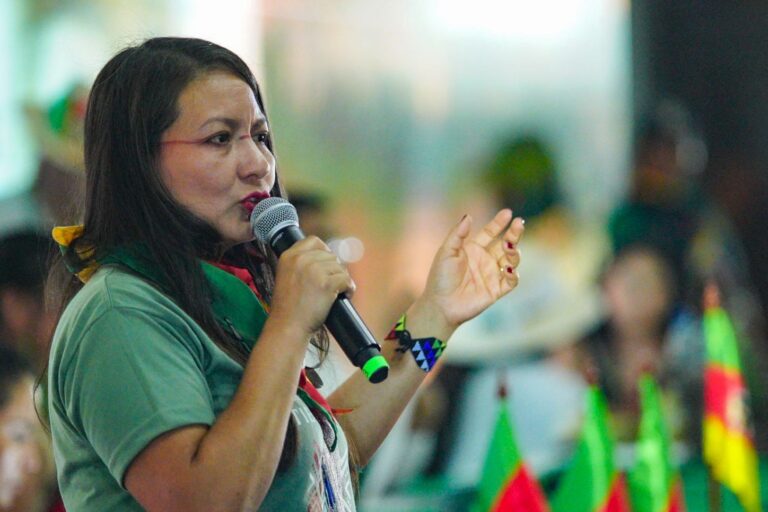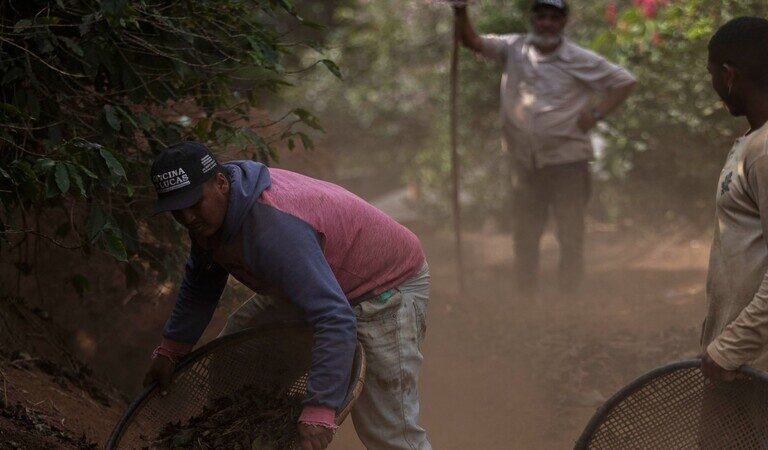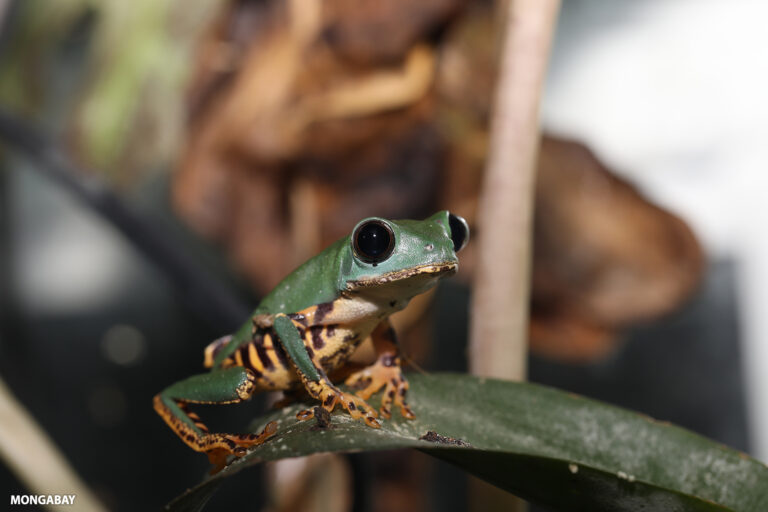Once widespread throughout much of Asia, the wild dog known as the dhole has disappeared from more than 75% of its historical range, according to the IUCN, the global wildlife conservation authority. In Nepal, there are an estimated 500 dholes (Cuon alpinus) remaining, but recent sightings suggest they may be making a comeback.
This has prompted the government to launch a 10-year plan to improve understanding and awareness about the endangered species and initiate conservation actions, Mongabay’s Abhaya Raj Joshi reported in June.
The action plan has an estimated budget of 262.9 million rupees ($1.9 million). Around 36% of it is planned to be shared from funding allocated to conservation plans for species, such as tigers (Panthera tigris) and snow leopards (Panther uncia), said Ambika Khatiwada, a researcher with the National Trust for Nature Conservation.
Dholes are severely threatened in Nepal, where they have to compete with other apex predators like tigers and leopards, forcing them to the margins of protected areas, researchers say. Other threats include habitat fragmentation, conflict with humans, and a shrinking prey population.
However, a 2024 study shows a possibly rebounding dhole population based on camera-trap images, documentation of fresh droppings and tracks, as well as reports from herders and forest rangers. The findings suggest that a small population of dholes is returning to the Annapurna Conservation Area and the Tinjure-Milke-Jaljale corridor in eastern Nepal.
The new action plan cites other studies suggesting that dholes have returned to several national parks in the plains and the mountains of Nepal that are also home to the other apex predators.
A quarter of the budget will be spent on better understanding the distribution and population of dholes, Joshi reported. Another quarter will be allocated for education and conservation awareness of the canids.
Dhole researcher Yadav Ghimirey, who wasn’t involved in drafting the action plan, said it could be improved by integrating local knowledge. “We see from our experience that communities at times know a lot more about the animal than us researchers.”
To improve understanding of dholes, the action plan calls for extensive field surveys, the use of camera traps, and innovations such as artificial intelligence. It also aims to undertake prey density assessments and identify dhole movement corridors to help maintain gene flow between subpopulations.
Outreach events are proposed for schools and communities to build local support for monitoring and mitigating conflict. The plan also aims to foster sharing of data to promote cross-border cooperation at the local, national and international levels.
“The primary objective of this action plan is to establish a strong and adaptable framework for dhole conservation in Nepal, which can also be scaled up across other range countries,” Ramchandra Kandel, director-general of the Department of National Parks and Wildlife Conservation, told Joshi.
Read the full story by Abhaya Raj Joshi here.
Banner image of a dhole by Zweer de Bruin via Flickr (CC BY-NC-ND 2.0).














